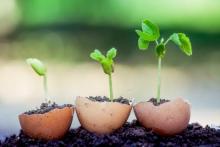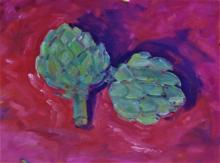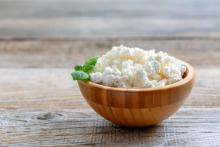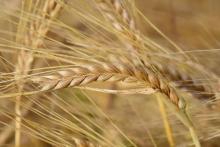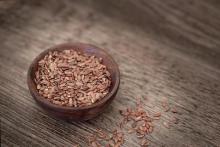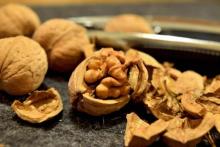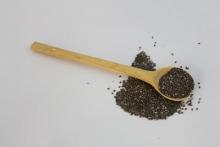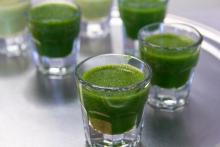3 Organic Fertilizers Your Garden Will Love
I love to garden even though I only have a small windowsill garden. That said, any space for gardening can utilize organic fertilizers! I only give my plants the best of the best, and these are all very easy to make at home. Here are three homemade organic fertilizers you can use on your plants ASAP.

